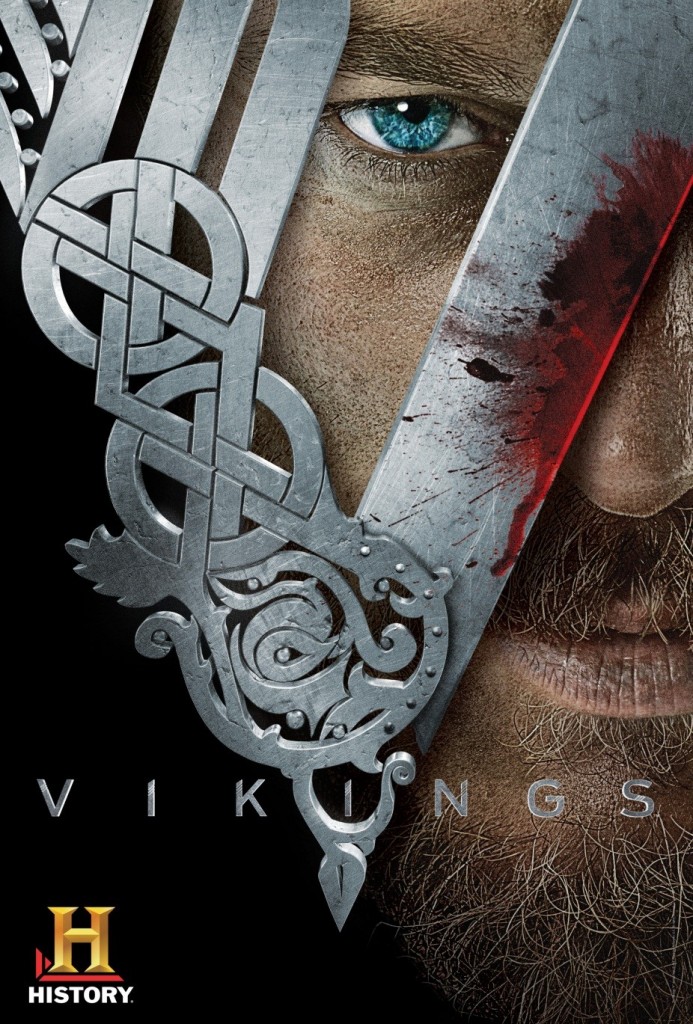 I’ve been writing about Vikings in one form or another for quite a few years now. (If you’re curious, there’s a list of Viking related stories I’ve written here.)
I’ve been writing about Vikings in one form or another for quite a few years now. (If you’re curious, there’s a list of Viking related stories I’ve written here.)
One of the things that interests me the most is the achievements of the Vikings. They reached as far as America in their open long ships, and influenced dozens of cultures, including Britain (which, actually, they invaded, but p-oh-tato, pa-tart-to). Mostly, the Vikings reached half-way around the world with no compass and no maps. Just sheer bloody guts and a few very crude instruments.
The Historical Channel’s Vikings series doesn’t pull any punches. It’s historically accurate (so far as I know the Viking culture, it seems to be, anyway). It shows the Vikings as brutal and war-oriented, which they were. A people who believe that they will ascend to their version of Heaven if they die in battle would naturally be war-mongers.
Someone who is not super-familiar with Vikings would look at their fighting skills and eagerness to conquer and pillage, link that up with the fact that they had no written language, no book learning, and think they were ignorant and uncivilized.
In fact, the Vikings had a complex society, ruled by an earl (and a king, above him), with rules and laws that were applied scrupulously. Education was acquired by doing, learning from example, and from stories told around the fire pit.
Vikings shows all this. In fact, the writers did something rather clever: They inserted an English monk among the Vikings as a captured slave. The monk, Athelstan (a very Anglo Saxon name, as it should be), spends most of his time observing and asking dumb questions about the Vikings, which everyone patiently answers. As Athelstan can read and write, it would be natural for him to write about the Vikings he’s coming to know…and that could be the fictional source for the information that built the series.
Historically, however, the Viking culture wasn’t recorded in books until five hundred years later, when the Prose Edda and the Poet Edda were recorded (by another monk, as it happens). The work is often assumed to have been written, or at least compiled, by the Icelandic scholar and historian Snorri Sturluson around the year 1220. Those two books are the primary source of all information we have about Vikings and Norse mythology.
Given how few facts have survived to modern times, Vikings does a brilliant job of portraying the Vikings as cultured and savage, sympathetic and at times, horrifying. Plus, they’re damn good fighters.
Pulse pause moments: There’s been a few (and I’m still watching the first season). The one I like the most is when Ragnar’s wife, Lagertha, kills the earl’s brother when she catches him trying to rape an English woman. I like that she is as good a fighter as the men.
But what I really liked was when she walked out of the cot, and Ragnar says “Where is…?” (I can’t remember the character’s name – he was an asshole, so no great loss.).
Lagertha shrugs. “I killed him.”
And everyone turns and heads for the long ship. No fuss, no reaction. Just business.
Love it.
____